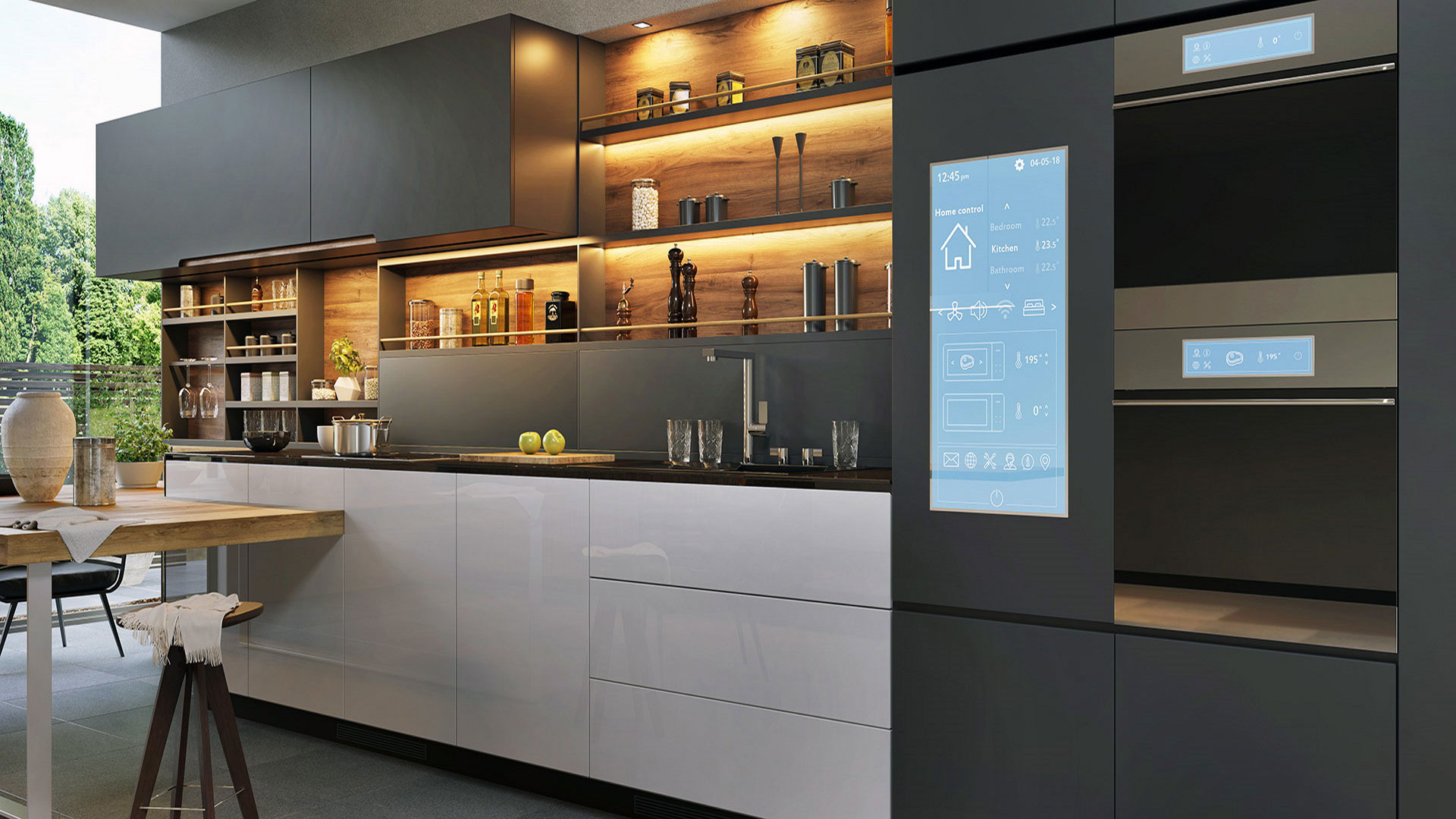Panasonic Home Appliances
Reducing dramatically development lead time with CATIA specialized applications.
By promoting concurrent engineering through PLM, we successfully established a new manufacturing paradigm at Panasonic and are improving the lives of people around the globe.
Panasonic
Panasonic Home Appliances specializes in household appliances, including refrigerators, washing machines and rice cookers. Its Kitchen Appliance Business Unit (BU) manufactures and sells induction heated (IH) ranges and other IH-at-able cooking appliances. IH electrically-powered rangeshave increased in popularity due to their clean and eco-friendly nature.
PLM shortens development lead time
With a spike in demand for IH ranges beginning around 2000 and new competitors quickly hitting the market, Panasonic knew it needed to adopt Product Lifecycle Management (PLM) technology quickly. With its customers demanding greater product variation, Panasonic understood that to remain competitive it must demonstrate consistent improvement in the functionality and quality of its products. Panasonic also knew that it must reduce costs and shorten development lead-time. Yasushi Morimoto, a team leader in the Kitchen Appliance BU, paints a clear picture of the state of the IH market: “We used to introduce a new product every three years, but our release cycle has shortened each year as competition has heated up. Now, we introduce a new product every year.”
Establishing a 3D-based organization
Panasonic Kitchen Appliance BU’s design team adopted 3D tools in 2000 to increase design quality and to reduce lead times through more effective collaboration on design data among internal departments, such as design, mechanical design, circuit design and prototyping. By exchanging CATIA data between Panasonic’s design and mechanical design departments, time loss on data conversion was eliminated, hands-off effort was greatly reduced and the reliability of the design data was increased. Concurrent design approaches are improving design quality and reducing reworks. 3D design data generated with CATIA also is being transmitted to Panasonic’s molding machines to which manufacture prototypes. This has enabled Panasonic to halve manufacturing lead time when compared to conventional NC tool machining, to eliminate manual re-works, and to improve prototype accuracy and reliability.
Expanded use of 3D
To enable the company to respond more efficiently to manufacturing requirements, Panasonic introduced CATIA to non-design departments. Engineering and assembly departments are now able to view data, in 3D, during design process, to provide feedback on manufacturing and die requirements and to evaluate ease of assembly. “When a designer is focusing on design, immediate feedback can be distracting, but we can minimize errors that occur when manufacturability is evaluated after prototyping. The net effect is that the design’s level of completeness is high early in the process,” explains Morimoto. Panasonic also uses CATIA Analysis for early design verification of factors such as product strength. By correlating simulation results with test results from actual product equipment, stress threshold values can be set and brought into line with design specifications.
Manufacturing advantages pay off
Another clear and measurable benefit of implementing PLM is the reduction in lead-time for creating prototypes. For resin components, lead times were reduced by 90% by implementing 3D design and introducing a molding machine. For sheet metal components, time spent creating exploded drawings was eliminated with the implementation of CATIA Sheet Metal. Die creation time has also been reduced by 40% by using 3D data and stress testing results can now be confirmed at the time of die creation. This has led to significant improvements in the completeness of designs.
Future promise
Panasonic is now considering implementing other Dassault Systèmes solutions such as ENOVIA to improve inter-departmental collaboration, as well as global and environmental support. The company also envisions deploying 3D to address assembly evaluation with DELMIA, to ensure greater collaboration with manufacturing, and to broaden the use of CAE by increasing the number of personnel who use it. “By promoting concurrent engineering through PLM, we successfully established a new manufacturing paradigm at Panasonic and are improving the lives of people around the globe,” states Morimoto.
We aimed to design all components in 3D with CATIA so that all designers could work on the same assembly.

